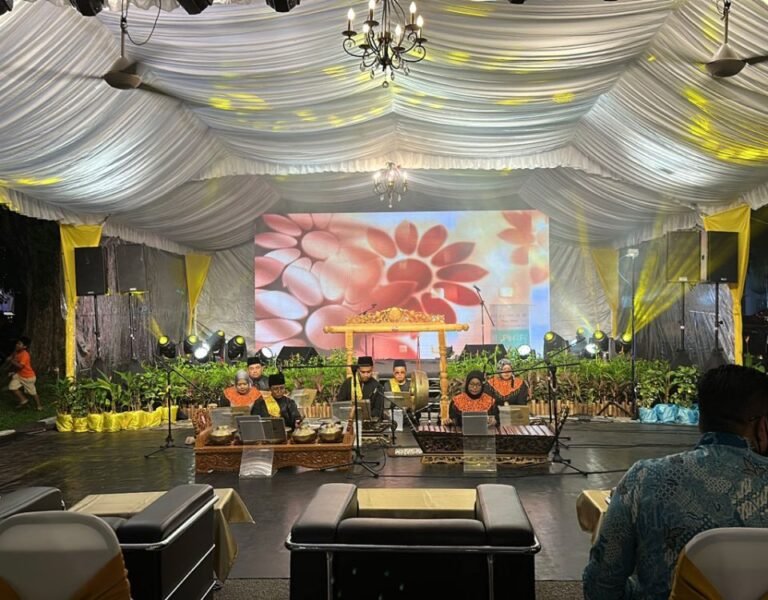Indian schools are not only institutions where learning from books occurs—lively communities where culture, tradition, discipline, and something unique known as community become daily reality. Education systems everywhere have a lot in common, but there are some old-fashioned and unique things one can see only in Indian schools. From warm morning assemblies to strict uniform rules and that certain chemistry between teachers and students, here is a glimpse into what makes Indian schools so special.
1. The Morning Assembly Ritual
One of the most charming Indian school traditions is likely the morning assembly. It’s a morning ritual in which the students stand on their feet in lines, sing the national anthem, say their prayers, and, on some days, give intellectual orations or display news of the day. Morning assembly is not only a morning ritual; it determines the mood of the day and fosters collectivism, awareness, and obedience. A spectacle to witness: scores and scores of wee ones gathered under the break-of-dawn horizon, their voices carrying in sweet harmony.
2. Teachers’ Respect – A Cultural Norm
Indian school teachers serve as the second parent to most. The traditional Indian culture of “Guru Devo Bhava” (The teacher is God) pervades the culture. Children kiss teachers’ feet as a sign of respect on occasions like Teacher’s Day. Such an age-old culture of respect imparts an emotional sense of belongingness to the classroom environment, which one cannot otherwise achieve.
3. School Uniforms – An Issue of Pride
School uniforms are compulsory in almost all Indian schools, and they’re indeed worn with pride and discipline. They’re not clothes—they’re symbols of equality. Whether the student belongs to a poor or affluent family, the uniform equates everyone as equal. From checkered shirts to blazers and ties, each school has its specific dress code, which is a part of a student’s identity.
4. The Tiffin Beloved Culture
Indian school lunchtime is an occasion in itself. The tiffin culture—homemade lunch made in steel boxes and carried by children to school—is unique. It’s not a meal scenario; it’s a scenario of sharing, giving, and bonding. One child takes idli-sambar, another child takes paratha with pickle, and the class is a mini food fair. It provides a sense of belonging and seals relations for life.
5. Cultural Festivals and Annual Days
There Cultural diversity is encouraged in Indian schools. Diwali and Holi festivals, Annual Day, and Independence Day are celebrated in a festive atmosphere with passion and creativity. Students participate in dance, drama, and music concerts depicting the vibrant Indian culture. Such activities remind the students of non-cognitive skills and bring the school community together as one.
6. Multilingual Learning: An Art
multilingual education system is another distinct feature of Indian education. Most of the students learn three languages at least, and usually, these languages are English, Hindi, and the state language. Not only does multilingualism hone the thinking capacity, but it also enhances the cultural sensitivity and flexibility of people at a very early age.
Conclusion
It’s what makes Indian schools unique and distinguishes them. It is their robust value, cultural, and character education foundation. It’s not textbooks and quizzes—it’s raising well-rounded children. Indian school culture, diversity, and discipline generate a sense of belongingness within the students as they grow academically, socially, and emotionally. These are an integral part of the school life daily and are carved as memories and learnings years later.
If you’ve ever stepped into an Indian school, you’ll know—it’s a world of its own.





